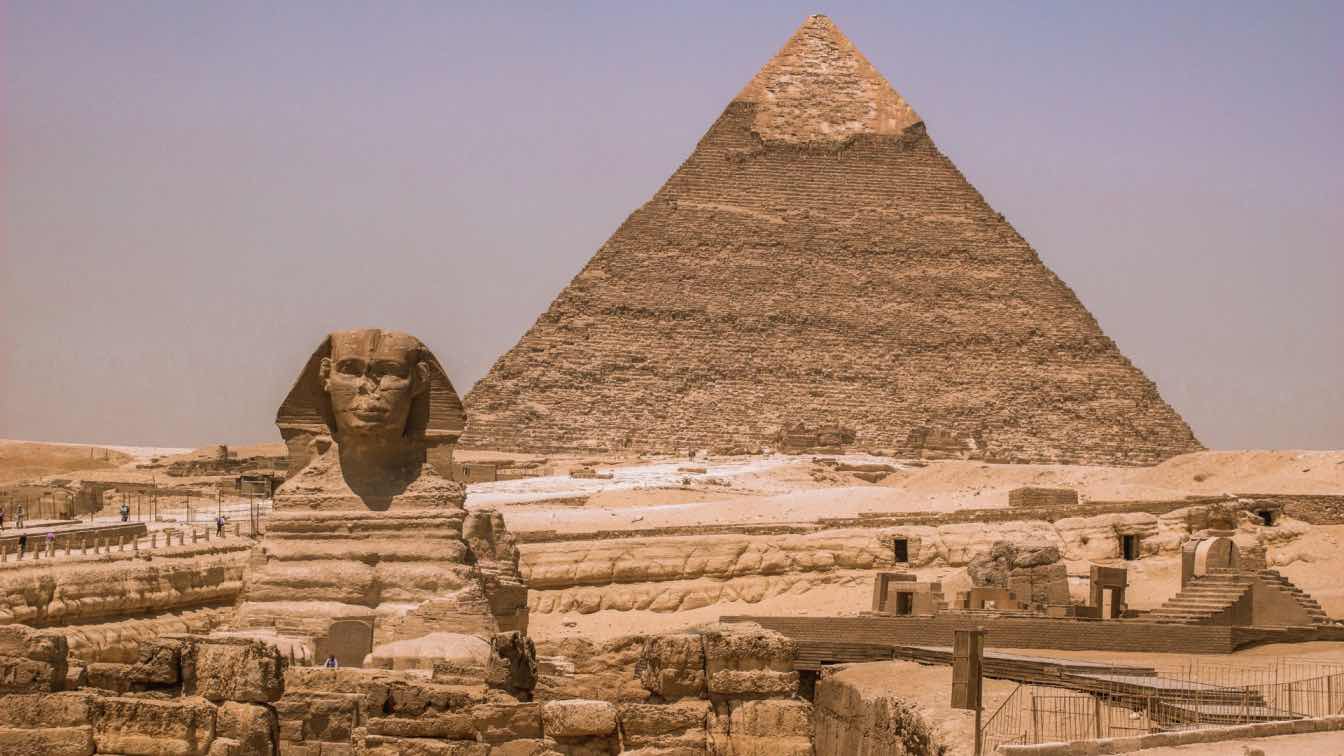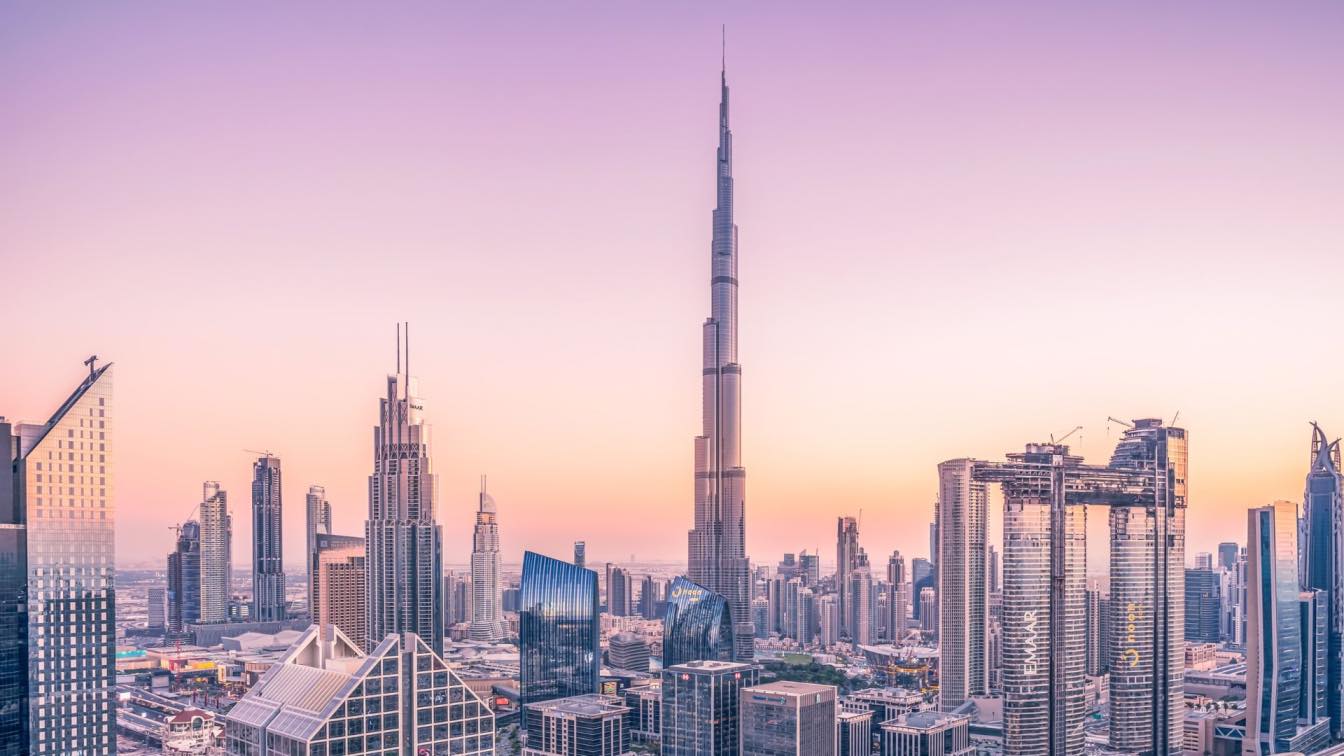Architecture, a tangible reflection of human civilization, has evolved remarkably over centuries. It serves not just as shelter but as a testament to cultural, technological, and artistic milestones. The structures chosen for this list are landmarks of human achievement, selected for their historical importance, groundbreaking design, and enduring influence. They are more than just buildings; they're symbols of the eras and cultures that created them.
The Great Wall of China
Stretching over 13,000 miles, the Great Wall of China is an awe-inspiring feat of ancient military architecture. Originally built to protect Chinese states against invasions, its construction spanned several dynasties, starting around the 7th century BC. Utilizing local materials like stone, brick, and wood, the Wall winds through diverse terrains. It exemplifies the determination and ingenuity of ancient Chinese engineering, having stood the test of time and nature.
The Pyramids of Giza, Egypt
The Pyramids of Giza, constructed around 2580-2560 BC, are monumental testaments to ancient Egyptian engineering and belief systems. The largest, the Great Pyramid, covers 13 acres and originally stood at 146.6 meters tall. Comprising approximately 2.3 million limestone blocks, each weighing an average of 2.5 tons, the pyramids were constructed without modern machinery. Their precise alignment with the stars and the solstices highlights the Egyptians' advanced understanding of astronomy.
Taj Mahal, India
In Agra, the Taj Mahal, an epitome of Mughal architecture, stands as a symbol of love and loss. Commissioned in 1632 by Emperor Shah Jahan in memory of his beloved wife, this ivory-white marble mausoleum integrates Persian, Turkish, and Indian architectural styles. Its dome, standing at about 35 meters, and the intricate calligraphy and inlay work on its walls, reflect the craftsmanship of the 20,000 artisans involved in its construction.
Eiffel Tower, France
Paris's Eiffel Tower, a global cultural icon, was initially criticized for its design but has since become a celebrated symbol of French innovation. Completed in 1889 for the Exposition Universelle, it was the world's tallest man-made structure until 1930. Standing at 324 meters, this iron lattice tower demonstrates the potential of iron as a building material and Gustave Eiffel's engineering prowess.
Colosseum, Italy
Rome's Colosseum, an enduring symbol of the Roman Empire, was an architectural and engineering marvel of its time. Completed in 80 AD, it could hold up to 80,000 spectators. Its complex system of vaults and arches, spread over four levels, was designed for strength and durability. The Colosseum hosted gladiatorial contests and public spectacles, reflecting the social and political life of ancient Rome.
Sydney Opera House, Australia
An icon of 20th-century architecture, the Sydney Opera House is a masterpiece of modern expressionist design. Opened in 1973, its sail-like shells and red granite platforms were designed by Jørn Utzon. The building comprises multiple performance venues, making it one of the world’s busiest performing arts centers. Its construction posed numerous engineering challenges, particularly in the design of the complex roof shells.
Burj Khalifa, UAE
Dominating the Dubai skyline, the Burj Khalifa, at 828 meters, is the tallest structure in the world. Completed in 2010, it represents the pinnacle of skyscraper engineering. Its Y-shaped plan, designed for residential and business purposes, provides stability and minimizes wind forces. The Burj Khalifa boasts the world's highest outdoor observation deck, at 555 meters, offering breathtaking views of the city.
Sagrada Familia, Spain
Barcelona's Sagrada Familia, a UNESCO World Heritage Site, is an exceptional example of Catalan Modernism. Conceived by Antoni Gaudí, its construction began in 1882 and continues to this day. Gaudi's organic architectural style is evident in its intricate facades and interior columns that mimic trees. The church, when completed, will have 18 spires representing the Twelve Apostles, the Virgin Mary, the four Evangelists, and Jesus Christ.
The Parthenon, Greece
The Parthenon in Athens, built in 447-432 BC, is a pinnacle of ancient Greek architecture. Dedicated to the goddess Athena, this Doric temple exemplifies harmony and precision in design. Its 46 outer columns and 23 inner columns were engineered to correct optical illusions. The Parthenon not only symbolizes ancient Greek civilization but also has profoundly influenced Western architectural standards.
Petra, Jordan
Carved directly into vibrant red sandstone cliffs, Petra, the ancient Nabataean city, is an archaeological marvel. Established as a trading hub around the 4th century BC, Petra is renowned for its rock-cut architecture and water conduit system. Its most famous structure, Al-Khazneh, demonstrates the Nabataeans' sophisticated craftsmanship and their ability to integrate Hellenistic architectural elements.
Honorable Mentions
In the world of architecture, there are countless other structures that deserve recognition. From the top 50 of the world's strangest buildings to the lesser-known marvels, each contributes uniquely to the global architectural landscape. While the top 10 list captures some of the most iconic and historically significant structures worldwide, the realm of architecture is vast and filled with numerous other remarkable buildings. Each of these, though not making it to the top ten, deserves recognition for its unique contribution to the architectural world. From innovative designs to cultural landmarks, these structures reflect diverse architectural styles and historical periods.
Guggenheim Museum, Spain: Situated in Bilbao, the Guggenheim Museum, designed by Frank Gehry, is a masterpiece of contemporary architecture. Its titanium-clad curves and organic forms have made it an iconic symbol of modern architecture, drawing visitors from around the globe.
Fallingwater, USA: Designed by Frank Lloyd Wright in 1935, Fallingwater in Pennsylvania is a quintessential example of organic architecture. Seamlessly integrating with its natural surroundings, this house dramatically cantilevers over a waterfall.
St. Basil's Cathedral, Russia: Moscow's St. Basil's Cathedral, with its colorful onion domes and unique design, represents a pinnacle of Russian architecture. Built from 1555 to 1561, its design is distinct from traditional European cathedrals, reflecting the uniqueness of Russian culture.
Hagia Sophia, Turkey: Originally constructed as a cathedral in 537 AD in Istanbul, Hagia Sophia has served as a mosque and now a museum. Its massive dome and stunning mosaics are significant achievements in Byzantine architecture.
Lotus Temple, India: New Delhi's Lotus Temple, completed in 1986, is notable for its flower-like design. Composed of 27 free-standing marble-clad petals, this Bahá'í House of Worship symbolizes unity and harmony.
Neuschwanstein Castle, Germany: Built in the 19th century, Neuschwanstein Castle in Bavaria is a romantic interpretation of a medieval castle. It inspired Disneyland's Sleeping Beauty Castle and is a quintessential example of fairy-tale architecture.
Empire State Building, USA: A symbol of American industrial might, the Empire State Building was the world's tallest building when completed in 1931. Its Art Deco style and dramatic skyline presence make it an architectural icon in New York City.
Beijing National Stadium, China: Also known as the Bird's Nest, this stadium was designed for the 2008 Olympics. Its intricate steel structure, designed by Herzog & de Meuron, is a marvel of modern engineering and design.
Angkor Wat, Cambodia: This temple complex, the largest religious monument in the world, exemplifies classical Khmer architecture. Built in the 12th century, it is a symbol of Cambodia and a representation of Mount Meru from Hindu and Buddhist cosmology.
Leaning Tower of Pisa, Italy: Famous for its unintended tilt, the Leaning Tower of Pisa is an example of Romanesque architecture. Its construction began in the 12th century, and the tilt has become a unique feature, attracting tourists worldwide.
Each of these structures, while not making the top 10 list, is a marvel in its own right. They highlight the diverse array of architectural creativity and innovation across the globe. From the top 50 of the world's strangest buildings to the more traditional but equally impressive structures, architecture continues to be a dynamic and evolving art form, capturing the imagination and ambition of humanity.





